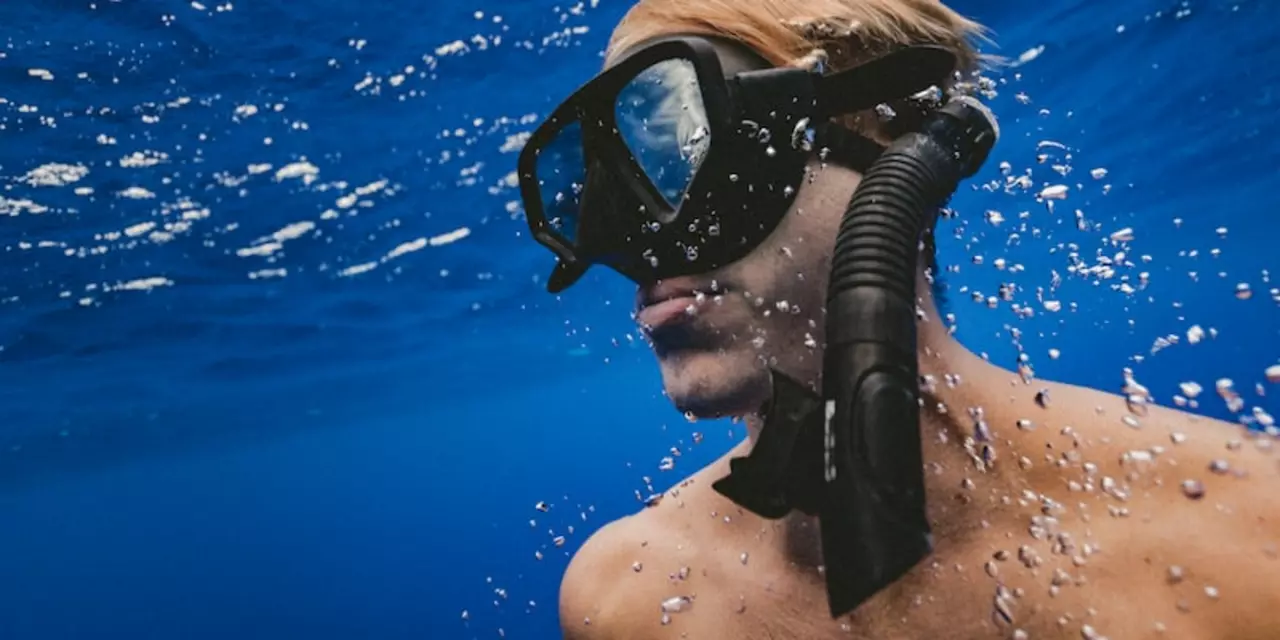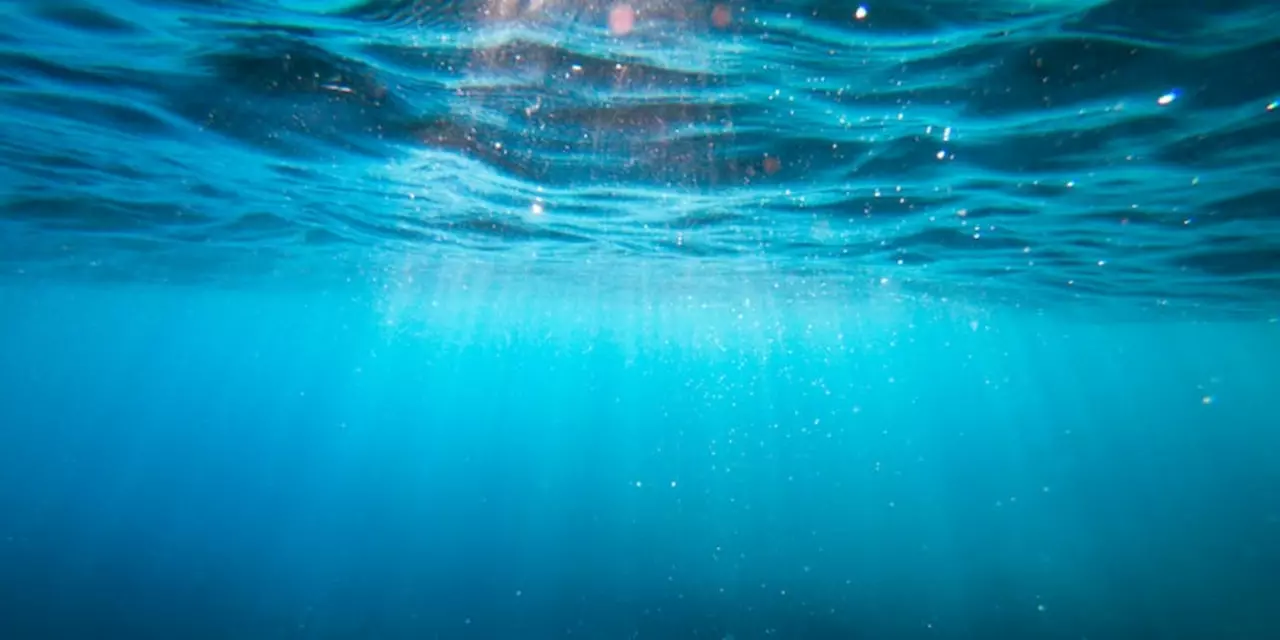The history of the gallop stroke in competitive swimming is long and varied. The stroke has been used by competitive swimmers since the late 19th century, and has continued to be a popular technique in the decades since. In this blog post, we'll take a look at the history of the gallop stroke, from its origins to its current place in elite swimming.
The Origins of the Gallop Stroke
The gallop stroke was first developed in the late 19th century by a German swimmer named Hermann Becker. Becker was one of the first competitive swimmers to master the technique, and it quickly gained popularity among competitive swimmers in Europe and the United States. The stroke is characterized by a long, sweeping arm motion, combined with a powerful kicking motion. The combination of these two motions creates a powerful, efficient stroke that can be used for both short and long-distance swimming.
The Rise of the Gallop Stroke in Elite Swimming
In the early 20th century, the gallop stroke began to gain popularity among elite swimmers. The stroke was especially favored by sprinters, as it allowed them to move quickly through the water with minimal effort. By the 1930s, the gallop stroke had become one of the most popular strokes used in competitive swimming. It was used by swimmers of all levels, from beginners to Olympic-level athletes.
The Gallop Stroke in Modern Swimming
Today, the gallop stroke is still one of the most popular strokes used in competitive swimming. Many swimmers still use the stroke as their primary technique, and it is still favored by sprinters due to its efficiency. The gallop stroke has evolved over the years, and many modern swimmers have adopted variations of the stroke, such as the butterfly or backstroke. Despite these changes, the gallop stroke remains a popular technique among elite swimmers.
The gallop stroke is a powerful and efficient swimming technique used by elite swimmers. It has become popular in recent years, and many swimmers are looking to master it. Here are some training tips to help swimmers perfect their gallop stroke.
- Start by mastering the basics. Before attempting to learn the gallop stroke, swimmers should make sure they have a strong foundation in the fundamentals of swimming, such as breathing, body position, and arm stroke.
- Focus on body alignment. To perform the gallop stroke correctly, swimmers need to maintain a straight body alignment. This will help them move through the water with greater efficiency.
- Practice your timing. The key to success with the gallop stroke is timing. Swimmers should practice the timing and rhythm of their arm and leg strokes until they become comfortable with the motion.
- Work on your flexibility. Flexibility is essential for swimmers to be able to perform the gallop stroke correctly. Swimmers should focus on stretching and flexibility exercises to increase their range of motion.
- Train with a coach. To really master the gallop stroke, swimmers should work with a coach who can offer personalized advice and feedback on their technique.
By following these training tips, swimmers can improve their gallop stroke and swim with greater efficiency and power. With hard work and dedication, swimmers can perfect the gallop stroke and take their performance to the next level.
Swimming has long been a popular sport and it is no surprise that athletes are continuously searching for ways to improve their performance. One of the most significant advancements in swimming technique in recent years has been the introduction and rapid adoption of the gallop stroke. This stroke has been credited with helping elite swimmers break world records and significantly improve their performance.
The gallop stroke is characterized by a rhythmic undulation of the body as the swimmer propels themselves forward. It is believed to be more efficient than traditional strokes as it requires less energy expenditure to achieve the same speed. The stroke was first popularized by the Chinese swimmer Sun Yang in the early 2000s and has since become a staple of elite swimming competitions.
The impact of the gallop stroke on elite swimming performance has been nothing short of remarkable. It has allowed swimmers to break world records that had previously seemed unbreakable and has ushered in a new era of speed and efficiency in the pool. The stroke has been adopted by swimmers of all abilities, from beginners to Olympic champions, and its popularity continues to grow every year.
It is clear that the gallop stroke has had a major impact on the sport of swimming. It has allowed athletes to push the boundaries of what was thought to be possible and has allowed them to reach new heights of performance. As the sport continues to evolve, it is likely that the gallop stroke will remain a popular and effective technique for elite swimmers.
The gallop stroke, or butterfly stroke, is a powerful and efficient swimming style that has become popular among elite swimmers. But when did this stroke become popular in the world of competitive swimming?
The answer is not clear-cut, as the butterfly stroke has been around since the late 19th century, but it wasn't until the 1950s that it started to become popular among elite swimmers. This was due to several factors, such as the development of better swimsuits, new training techniques, and the emergence of a new generation of athletes.
Swimsuits, for example, made a huge difference to the butterfly stroke. As technology improved, swimsuits became more streamlined and lightweight, enabling swimmers to move more quickly and efficiently through the water. This allowed them to take advantage of the powerful thrusting motion of the butterfly stroke, which is the key to its success.
The emergence of new training techniques also played a role in the rise of the butterfly stroke. Coaches began to focus more on the technique of the stroke, as well as the speed and agility of the swimmers. This resulted in swimmers becoming more proficient at the stroke, allowing them to take advantage of its power and efficiency.
Finally, the emergence of a new generation of elite swimmers also helped to popularize the butterfly stroke. These swimmers were able to use the stroke to its full potential, showing the world the power and efficiency of the stroke. This inspired others to try the stroke and eventually, it became a staple of elite swimming.
The butterfly stroke has now become one of the most popular swimming styles among elite swimmers, and it is easy to see why. With its powerful thrusting motion, streamlined suits, and improved training techniques, the butterfly stroke is a powerful and efficient swimming style that has become popular among elite swimmers.
The gallop stroke has become increasingly popular in elite swimming over the last few decades, and for good reason. This swimming technique offers a range of benefits that can help you improve your swimming performance and reach your goals faster. Here are some of the benefits of incorporating the gallop stroke into your swimming routine:
Increased Propulsion
The gallop stroke is known for its ability to provide an effective propulsion in the water. By using a two-beat kick, you can get an extra push of power each time you dive into the water. This can help you swim faster and with more efficiency.
Improved Body Position
Using the gallop stroke also helps to keep your body in an optimal position in the water. This helps you to maintain a streamlined position, so you can swim with less resistance from the water. This can help you to conserve energy and swim faster with less effort.
Better Balance
The gallop stroke helps to improve your balance in the water. By using a two-beat kick, you can maintain a more even balance and avoid over-rotating your hips. This can help you to keep your body in an optimal position and improve your overall performance.
Overall, the gallop stroke can provide a range of benefits to help you become a better swimmer. By incorporating this technique into your swimming routine, you can improve your propulsion, body position, and balance in the water. With practice and dedication, you can take your swimming to the next level!



